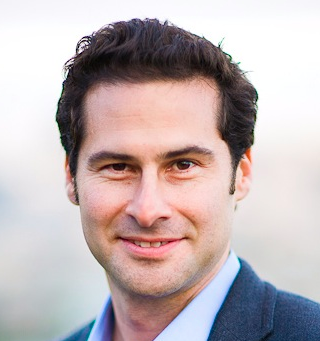 A tech startup with roots deeply entrenched in the journalism world is being acquired. Storify, the company whose social curation platform that has helped countless journalists round-up tweets into stories of their own, is being acquired by Livefyre, best known for making the software that powers comment sections on some websites. The terms of the deal were not disclosed.
A tech startup with roots deeply entrenched in the journalism world is being acquired. Storify, the company whose social curation platform that has helped countless journalists round-up tweets into stories of their own, is being acquired by Livefyre, best known for making the software that powers comment sections on some websites. The terms of the deal were not disclosed.
The deal brings Storify under the wing of a similarly oriented company: both focus on tools for online publishers and amplifying social engagement by harnessing conversations from around the web. The two companies already have a history; Storify added Livefyre comments to its service in January 2012. In February of this year, Livefyre raised $15 million in new investment, which may be where the resources for this acquisition are coming from.
But Storify as we know it won’t be going anywhere. Storify co-founders Xavier Damman and Burt Herman and the rest of their team will join Livefyre, but Storify itself will remain an independent (and free) tool available on the web, Herman told me Monday. “It made sense from the start that this was a great potential fit,” Herman said. But Storify’s paid products will now also be bundled with services like Livefyre’s commenting platform, liveblogging tools, and social advertising.
Since its launch in 2010, Storify has been a unique company on the journalism landscape. While there have been plenty of new technologies developed to help harness the power of Twitter and Facebook for use in news, Storify represented a set of tools for journalists developed by a journalist — Herman is a former AP correspondent. The company’s growth in recent years has been fueled by the continued growth of Twitter, particularly as a breaking news engine. Many newsrooms and individual journalists have come to rely on Storify as a way to corral tweets, raw video footage, and discussion. In 2011, the company raised $2 million in funding from Khosla Ventures.
 Herman told me he and Damman were not looking to be acquired but said the move will help both companies continue to expand. The acquisition by Livefyre will help expand Storify’s usage, Herman said. Earlier this year, the company announced it was creating Storify VIP, a paid version of the service designed for larger companies that need additional features and customization beyond the free edition. That level of enterprise business is something Livefyre is familiar with; the company counts CBS, The Wall Street Journal, The New York Times, Sports Illustrated, and Condé Nast among their clients.
Herman told me he and Damman were not looking to be acquired but said the move will help both companies continue to expand. The acquisition by Livefyre will help expand Storify’s usage, Herman said. Earlier this year, the company announced it was creating Storify VIP, a paid version of the service designed for larger companies that need additional features and customization beyond the free edition. That level of enterprise business is something Livefyre is familiar with; the company counts CBS, The Wall Street Journal, The New York Times, Sports Illustrated, and Condé Nast among their clients.
In the release announcing the deal, Livefyre founder Jordan Kretchmer said the acquisition will unite interfaces for customers who already use both companies’ products. “Now our enterprise users will be able to manage Storify content from the same centralized Livefyre dashboard where they’re already managing all of their social and user-generated content,” Kretchmer said in the statement.
Herman said one of their main goals is expanding their users beyond the freemium model. Livefyre already has a team in place to help with that. “We really did recognize, and the market is showing us, who our users are,” he said. “Our users are journalists, brand managers, and agencies. That’s who uses Storify. Those are the people who get it.”
Herman said they’ll now also have the resources to find ways to refine Storify and make it a more seamless experience. He said they want to reduce the steps it takes to collect media and embed a Storify on your site. “The easier and more frictionless you can make this stuff, the more people will realize that social media is not a fad,” he said.
For Herman, the Livefyre deal is the next step in his career as a journalist and entrepreneur. A former Knight Fellow at Stanford, Herman said the process of taking a startup from an idea to reality has been revealing about the world of journalism and the world of technology. “It’s definitely been a roller coaster, with lots of ups and downs along the way. I’d do it all again,” Herman said. “We need to take more chances and try new things in journalism.”